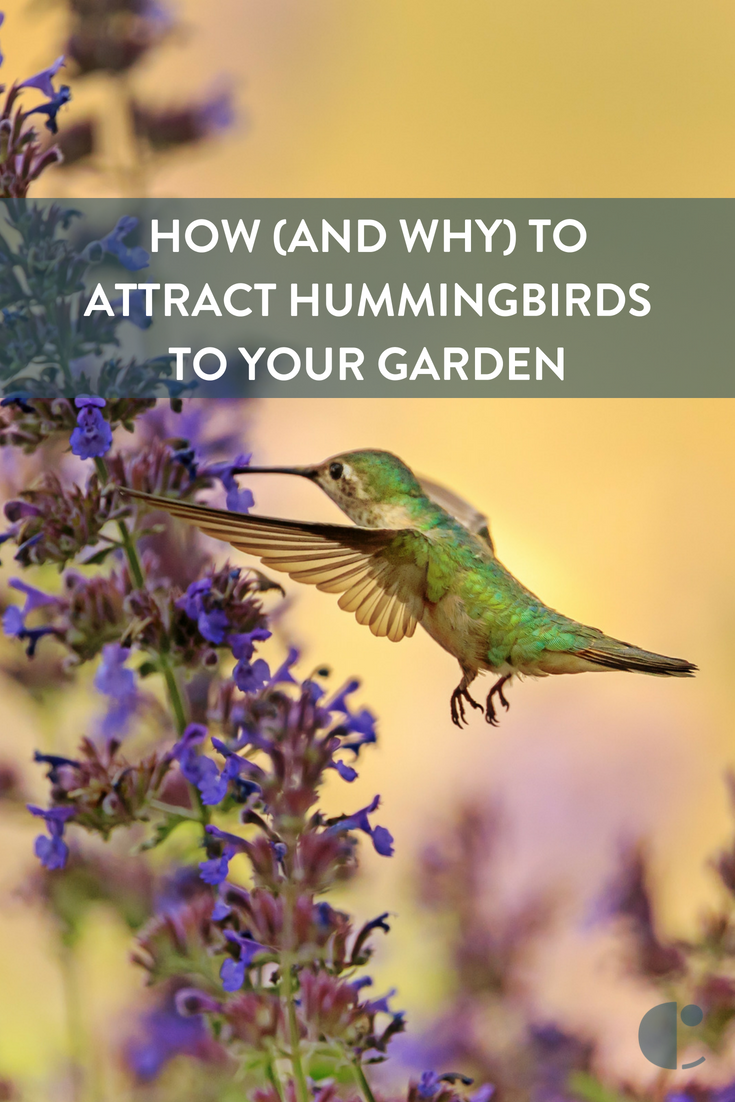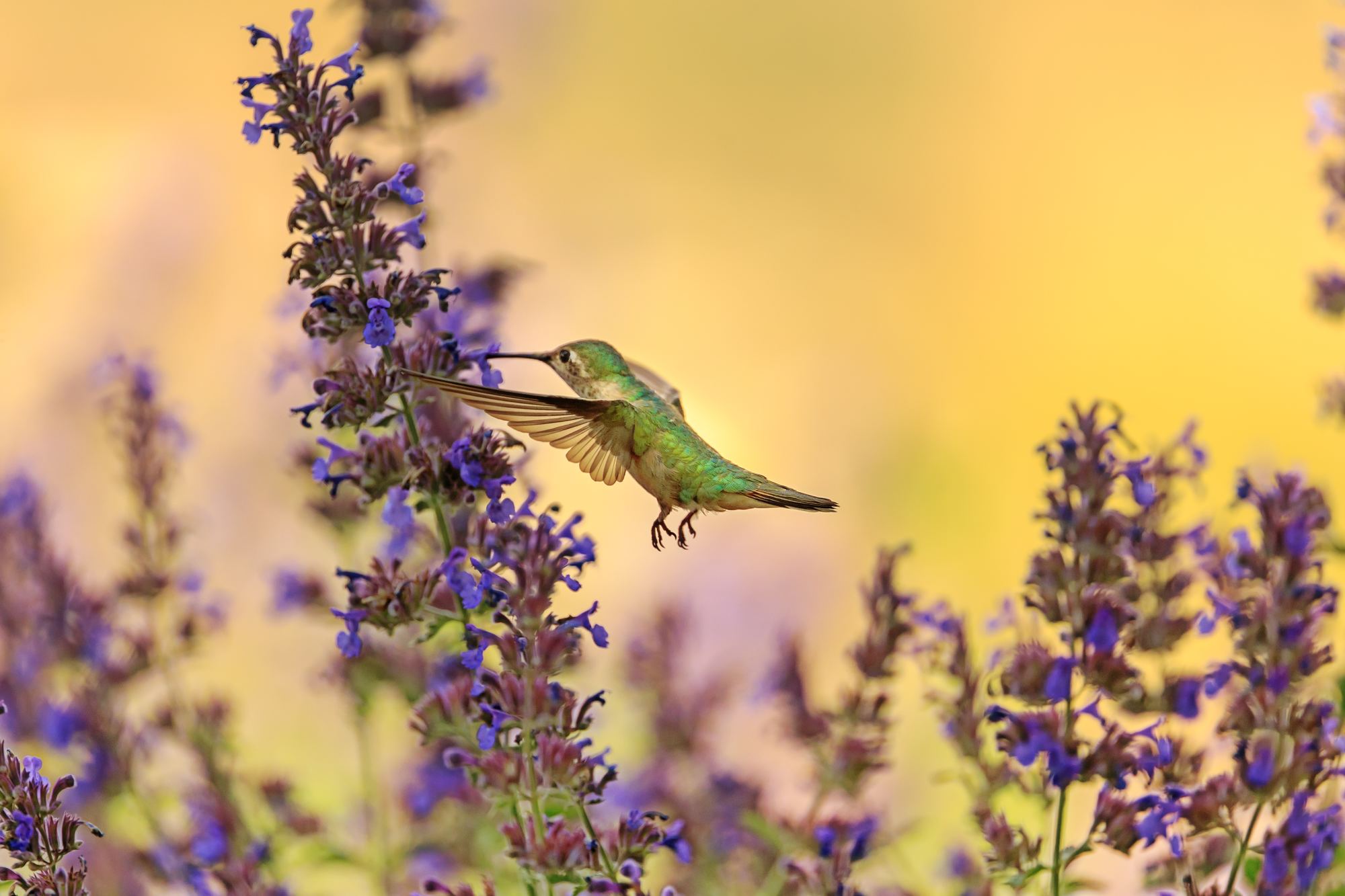Hummingbirds are good for your garden ecosystem, and very entertaining little creatures. It’s easy to fall in love with these tiny, charismatic birds that whiz around with little concern for us (unless you’re getting too close to their food sources–then they’ll give you a talking-to, and maybe even try to chase you off). A visiting friend who saw them for the first time in person on my front porch said he felt like he was in an animated Disney movie. If you’re ready to attract them to your own yard, you just need to bribe them with hummingbird food, and maybe a few other amenities. Read on to learn how.
Why should you attract hummingbirds to your garden?
Hummingbirds are beautiful and entertaining. The iridescent feathers of ruby-throated hummingbirds are particularly lovely. If you haven’t had the joy of encountering them in person, you might not know how much personality they have. They’re curious, fearless creatures who quickly realize that us slow humans don’t pose much of a direct threat. I’ve had them fly up and hover quite close to me, presumably studying me for food possibilities.
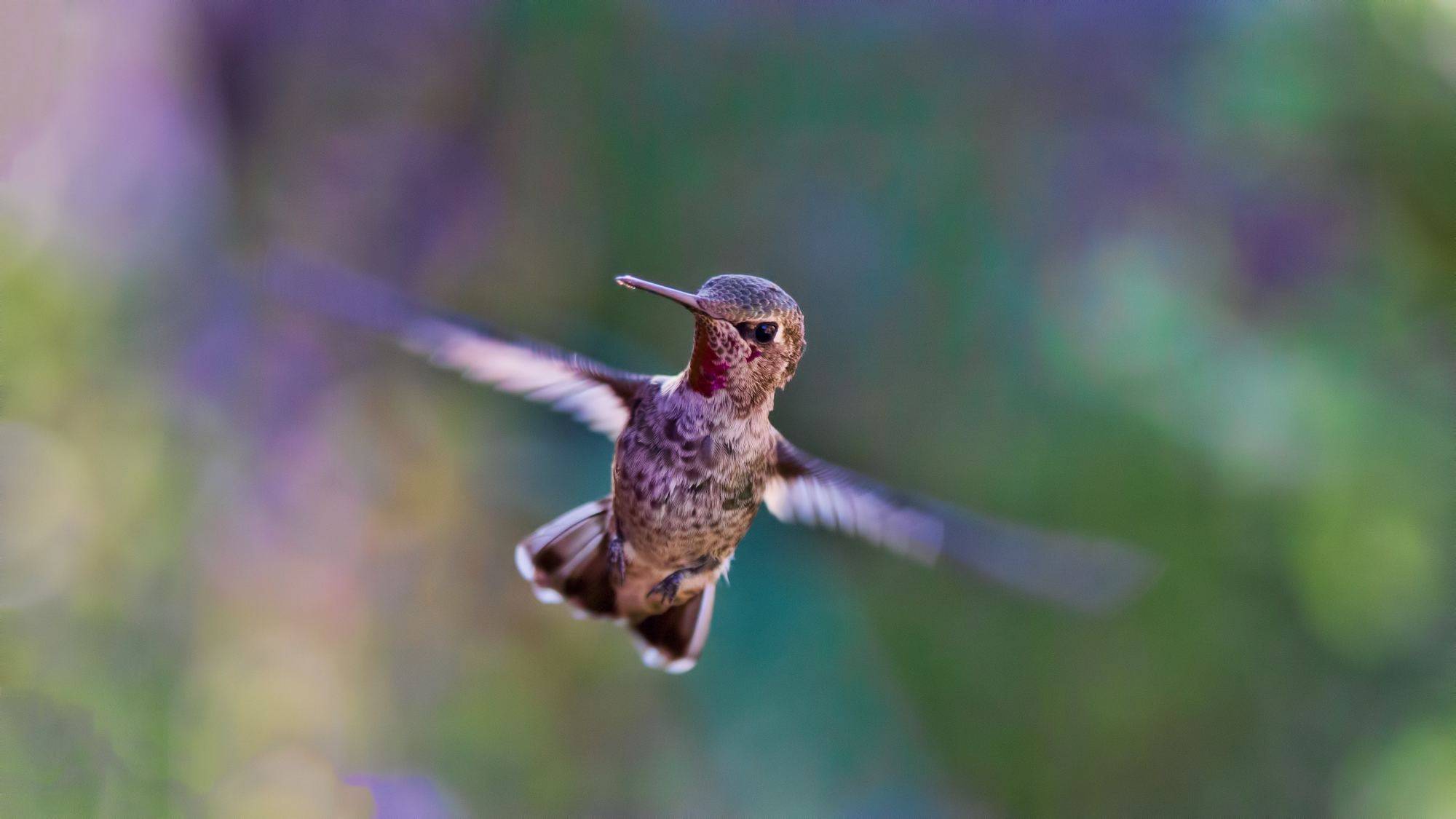
The physical engineering required for these natural marvels to fly forwards and backwards, flapping their wings 70 times per second, is amazing. They need to eat every 10-15 minutes to keep that kind of exertion. You would need to drink more than a can of soda per minute to keep up.
Aside from their entertainment value, hummingbirds are pollinators, insect predators, and help disperse seeds. That means that they’re good for your garden, and perform important roles in a healthy ecosystem. Unfortunately their habitat is increasingly being destroyed by humans through development and climate change. Making your yard welcoming to hummingbirds is one way to help make up for that.
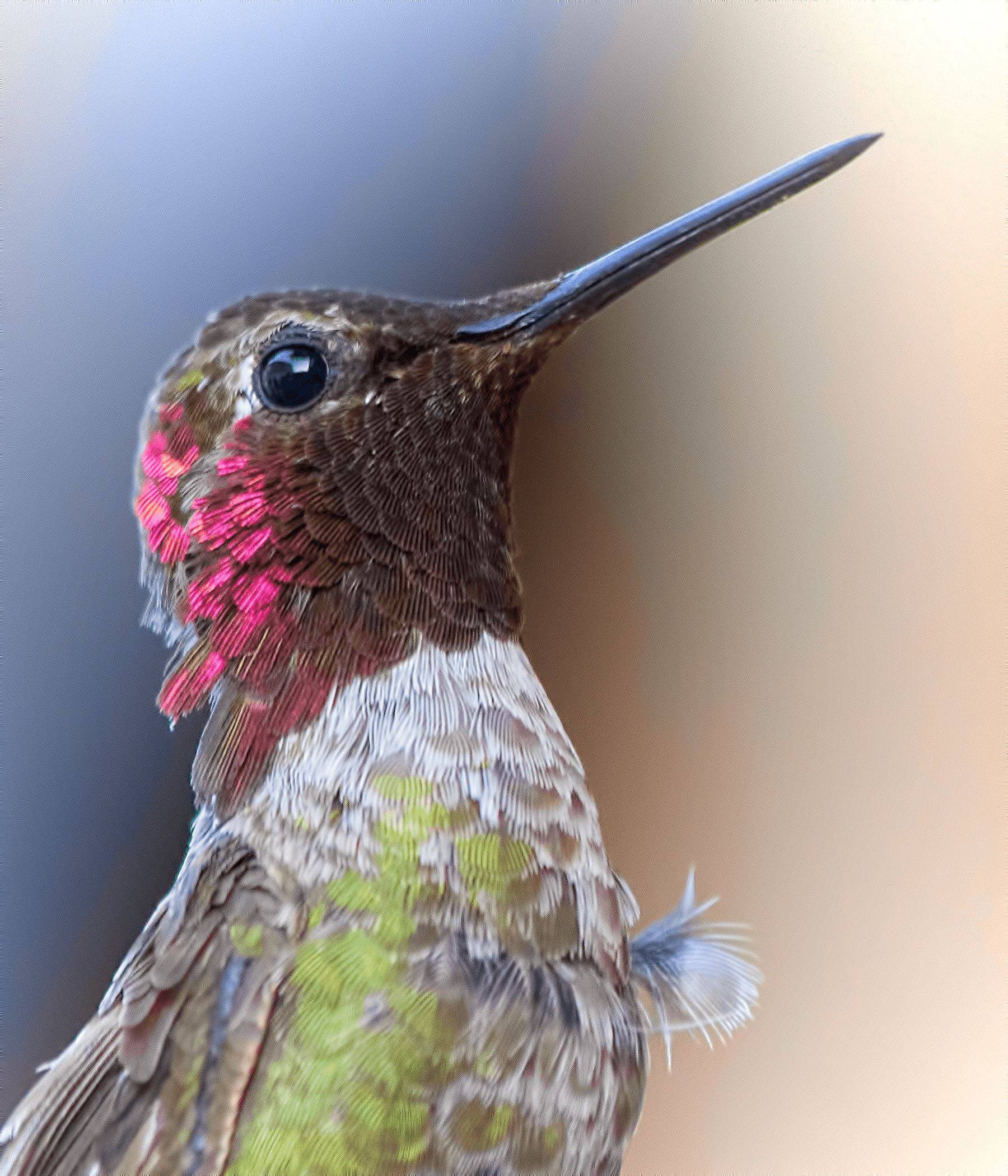
How do you make hummingbird food?
Hummingbird food is so incredibly easy to make that a child can do it (in fact, I did make it as a kid). Here’s the very simple hummingbird food recipe:
Put 1/4 cup white sugar for every 1 cup of water in a pan (in other words, 1 part white sugar and 4 parts water ). Bring the water to a boil, stirring to help the sugar dissolve. Cover, and let cool.
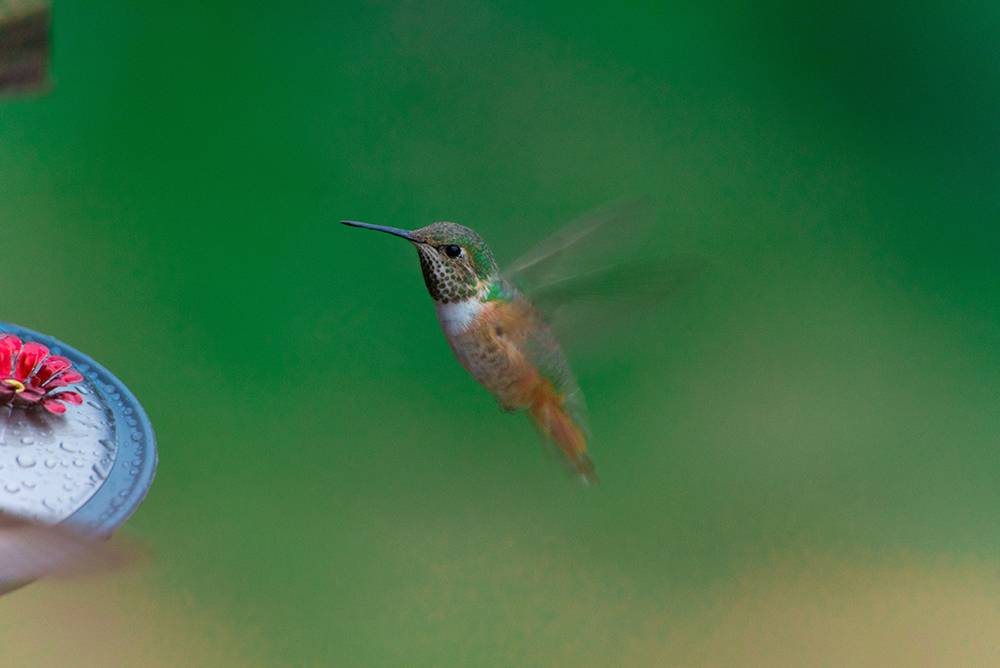
Is sugar water healthy for hummingbirds?
According to the Audobon Society, the best hummingbird food is their natural diet of nectar from native plants. But sugar water very closely mimics the chemical makeup of flower nectar. So it’s fine as a supplement to their natural diet. As long as you don’t use anything other than refined white sugar water to feed hummingbirds, and keep their feeder clean, it’s not unhealthy for them.
Does hummingbird food need to be dyed red?
Red dye is definitely not recommended for hummingbird food. It is unnecessary, and may even be harmful.
What else can hummingbirds eat (besides nectar)?
According to Bird Watcher’s Digest, in addition to nectar and homemade hummingbird food, hummingbirds also eat insects, tree sap, fruit juice, and pollen. When feeding them yourself, you’ll want to stick to the sugar water recipe above, supplemented with their favorite flowers. If you’re feeling particularly generous, you can put overripe fruit near the feeders to attract fruit flies for them to snack on.
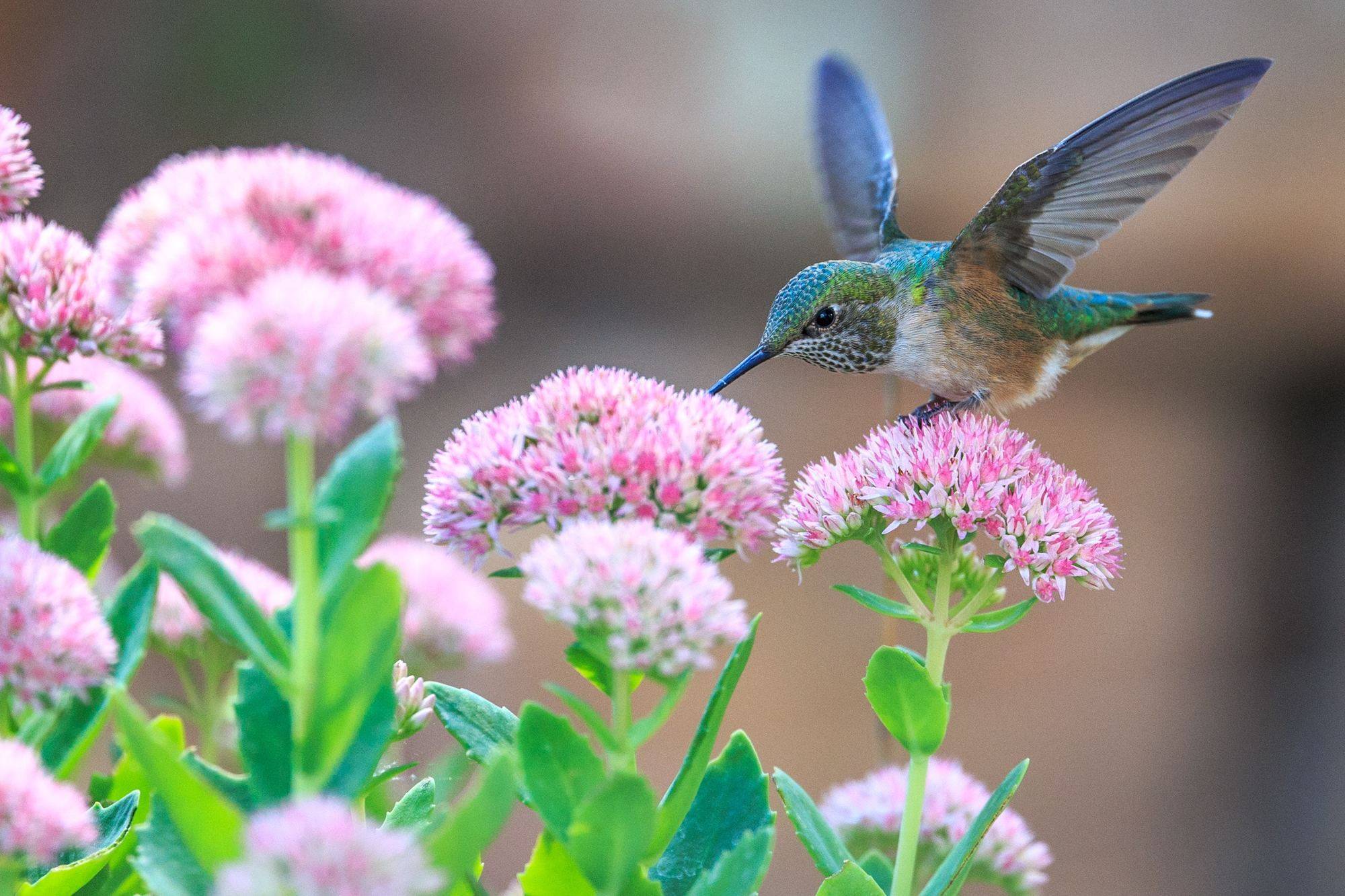
Top flowers to attract hummingbirds
The best flowers to attract hummingbirds are natives that grow in your area, especially those with red, pink, or orange flowers in a tubular shape. A variety of flowers with different blooming schedules are preferable, so there’s always something producing nectar. The Audobon Society has a very useful native plant database that allows you to search by your zip code, then filter by the type of bird you want to attract.
Here are some examples of flowers that attract hummingbirds: Bee balm, sages, daylilies, lupines, foxgloves, hollyhocks, petunias, flowering quinces, lantana, manzanita, mimosa, morning glory, trumpet honeysuckle, yucca, scarlet runner bean, and columbine.
Best hummingbird feeders
The best hummingbird feeders are ones that are easy to keep clean and filled. Hummingbirds are very territorial, so multiple feeders spread throughout your yard, each with fewer feeding ports, are preferable to one big one. I’ve had various feeders over the years, and the one below is by far my favorite because of how easy it is to disassemble and thoroughly clean. Hummingbirds seem to like it, and it’s much more attractive to me than the popular plastic red ones.
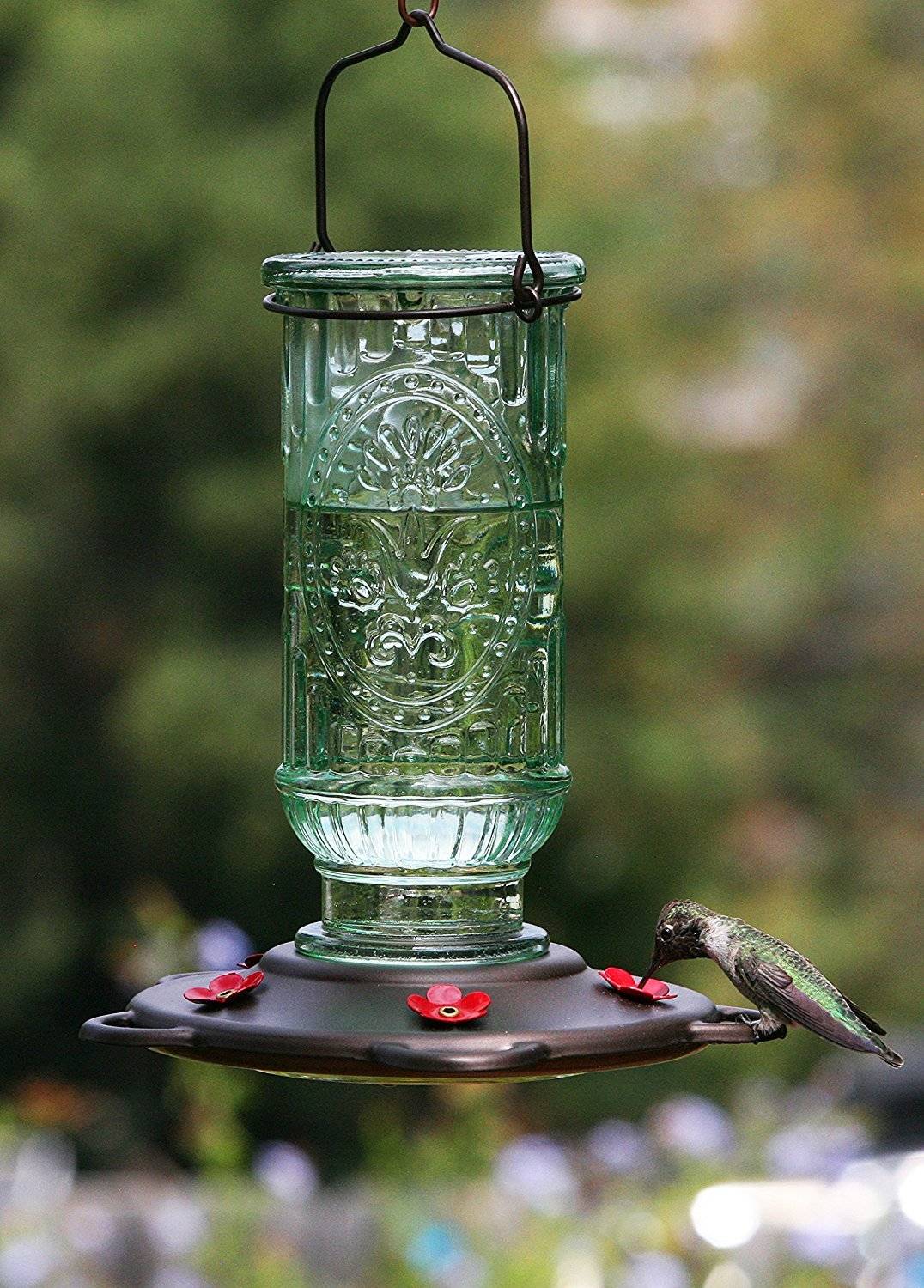
If ants are a problem (they love the sugar water, too), you can buy various types of ant moats or guards to keep them from getting to the feeder. You can also do what I did before they were widely available, and make your own.
How to clean feeders
Once you’ve gone to the trouble of making your yard welcoming to hummingbirds, the last thing you’ll want to do is cause them harm. So you need to keep their feeders clean, mold-free, and filled with fresh food. The hotter the weather, the more often you’ll need to clean them, but a weekly cleaning is usually fine. Keeping them in the shade can help prevent the sugar from fermenting and turning cloudy as quickly.
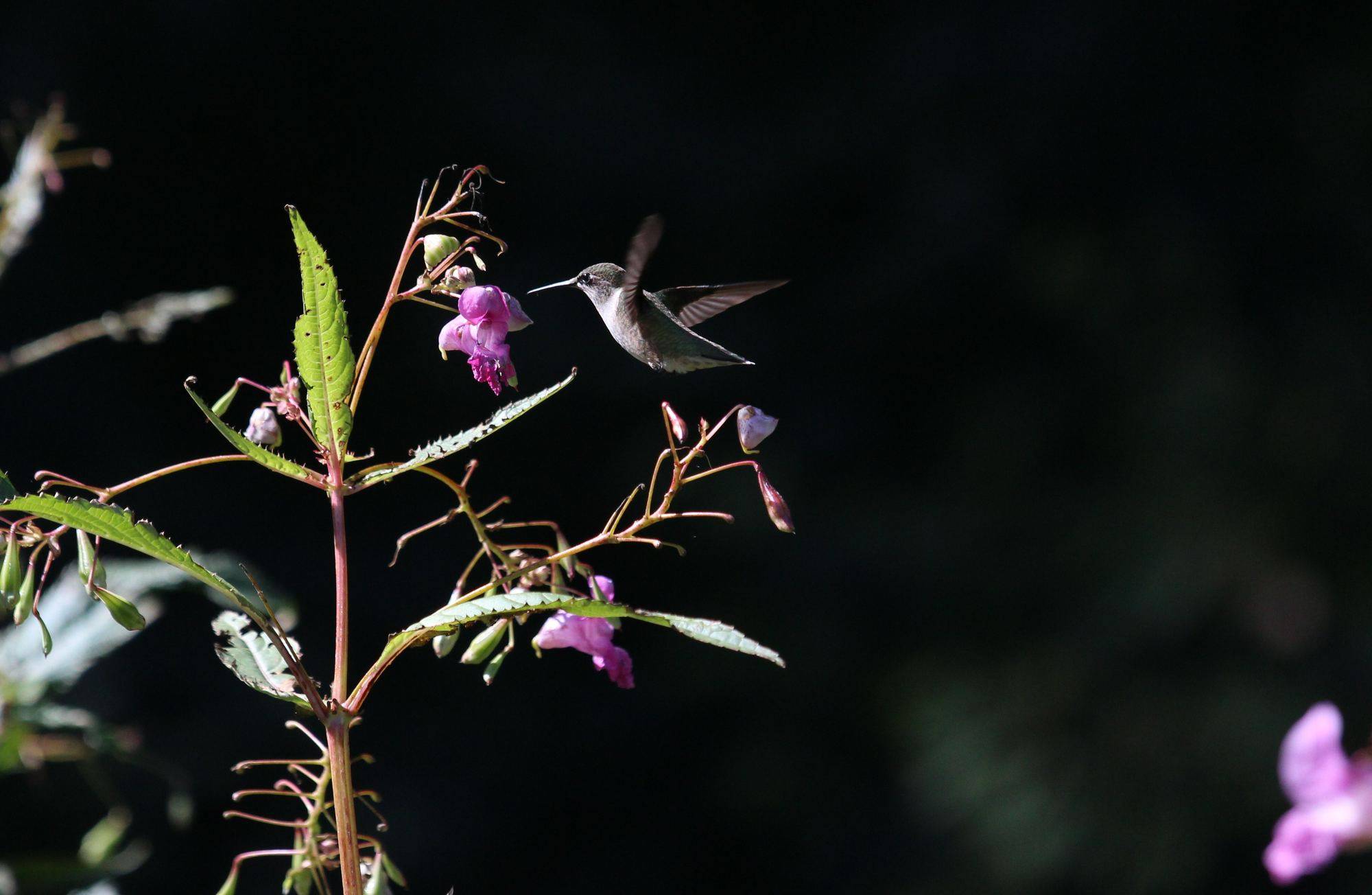
What else can you do to attract hummingbirds?
Besides making them hummingbird food, there are several additional things that you can do to make your yard welcoming to hummingbirds.
Provide nesting material: Leave spider webs and fluffy plant material alone so that hummingbirds can use them to build their nests. I still treasure the time I saw one collecting cat fur from the top of a fence that my cat often climbed over. Hopefully some baby birds were quite snug in their hummingbird nest of soft cat belly fur.
Ditch garden chemicals: Spiders and insects are an important part of a hummingbird’s diet, especially when they’re nestlings. Pesticides can make insects more difficult to find, and potentially travel up the food chain. Systemic herbicides can wind up in nectar that the birds eat.
Provide water: Hummingbirds like to bathe frequently, and especially like sprinklers and misters. Attach a mister head to your hose, or go all out and install a DIY patio misting system to cool off the whole household.
Catch their eyes: Tie bright orange or red plastic surveyor’s tape around bushes, trees, or railings so that it blows in the wind. When birds fly down for a closer look at the bright colors, hopefully they’ll discover your hummingbird habitat.
Provide perches: Hummingbirds like to perch on branches of trees and shrubs to rest, spot insects to grab, and survey their territory. Trees are also the best place for them to locate a hummingbird nest.
Keep the blooms coming: Remove dead flowers from flowering plants, which encourages them to bloom again. This one is definitely a win-win, because who doesn’t want more flowers?
